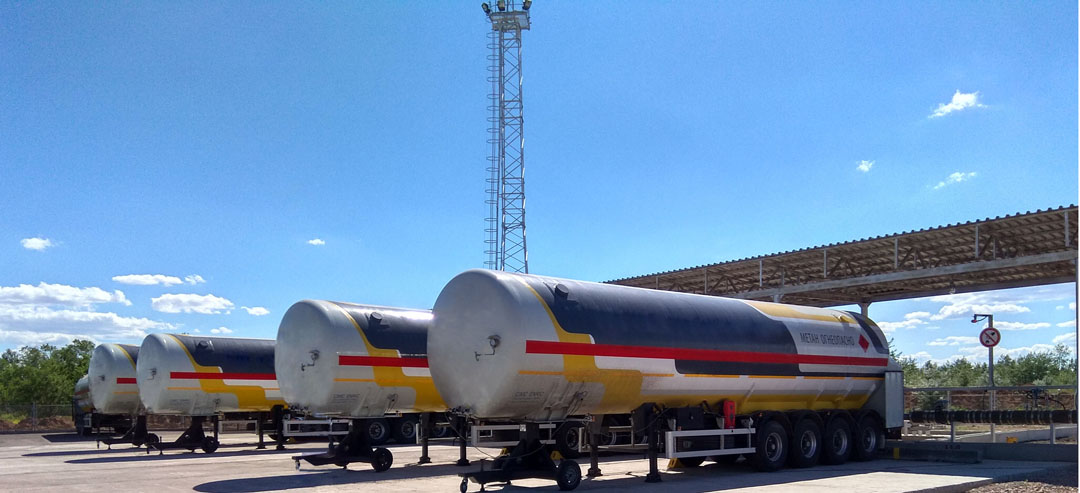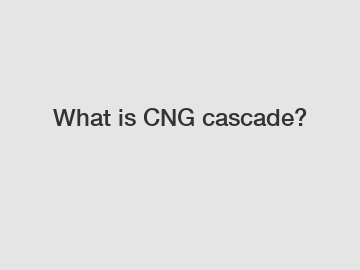What is a cryogenic trailer?
Cryogenic trailers are the type of trailer specifically designed for the transport of liquefied gases and other cryogenic materials. These trailers are an important part of the global cryogenic transport industry, which has become increasingly important with the growth of liquid gases in a variety of applications. The safe and efficient transportation of these materials is essential to ensure continuity of operations in a range of industries, including healthcare, energy and food production.
In this article we will explore the basics of cryogenic trailers, including what they are, how they work, and what they are used for. We will also look at the key components of cryogenic trailers, including tanks, insulation and cooling systems. Finally, we will discuss the importance of safety in the transport of cryogenic materials and the steps taken to ensure the safe and efficient transport of these materials.
What is a cryogenic trailer?
A cryogenic trailer is a trailer specifically designed for the transport of liquefied gases and other cryogenic materials. These materials are usually transported at extremely low temperatures and high pressures and must therefore be transported in specialised containers in order to remain stable and safe throughout the journey.
Cryogenic trailers are usually made of high-strength materials such as aluminium or steel and are designed to withstand the high pressures and low temperatures associated with transporting cryogenic materials. They are also equipped with specialised insulation systems that help to maintain the temperature of the goods and prevent them from heating up or evaporating during transport.
How do cryogenic trailers work?
Cryogenic trailers work by using a combination of specialised equipment and technology to transport cryogenic materials safely and efficiently. The trailer itself usually consists of several key components, including the tank, the insulation system and the cooling system.
The tank. The tank is the core component of the cryogenic trailer and is designed to store and transport cryogenic materials. Cryogenic tanks are usually made of high strength materials such as aluminium or steel and are designed to withstand the high pressures and low temperatures associated with transporting cryogenic materials. Tanks are also usually equipped with a range of safety features, such as pressure relief valves, to prevent the tank from rupture in the event of an accident or failure.
Insulation systems. Insulation systems are designed to maintain the correct temperature of cryogenic materials during transport. Insulation systems often use a combination of materials such as foam, fibreglass or vacuum insulation to maintain the temperature of the goods. Insulation systems also play an important role in preventing cryogenic materials from evaporating or heating up during transport.
Cooling systems. Cooling systems are responsible for keeping cryogenic materials at the correct temperature during transport. Cooling systems usually use a combination of liquid nitrogen or carbon dioxide to keep the tank and its contents at the required temperature. The cooling system also plays an important role in regulating the pressure inside the tank, ensuring that the cryogenic material remains stable throughout the journey.
What are the uses of cryogenic trailers?
Cryogenic trailers are used to transport a wide range of materials, including liquefied natural gas (LNG), liquid nitrogen, liquid oxygen and liquid helium. These materials are used in a variety of industries, including healthcare, energy and food production.
Healthcare. Cryogenic trailers are often used to transport medical gases, such as liquid oxygen and liquid nitrogen, to hospitals and medical facilities. These materials are used to provide life support and power medical equipment, making their safe and efficient transport vital to patient care.
Energy. Cryogenic trailers are also used to transport liquefied natural gas (LNG), which is an important component of the global energy industry. LNG is often transported from production facilities to storage facilities or ports.
In short, cryogenic trailers play a key role in the transport of liquefied gases and other cryogenic materials. With the increased use of these materials in a wide range of industries, safe and efficient transportation has become more important than ever. Cryogenic trailers are designed to withstand the high pressures and extreme temperatures associated with cryogenic materials, making them an important part of the global cryogenic transport industry.If there is something you don't know, you can contact us!
Who makes the best brake pads in China?
The Rise of LNG Tank Containers: Revolutionizing Transport
Is it better to buy OEM brake pads?
Revolutionizing LPG Storage: Single-Layer Tanks Explained
The Ultimate Guide to Single-Layer LPG Storage
Where are brakes located in a car?
LNG Cylinder: Unveiling the Ultimate Guide to Safely Storing & Transporting Liquefied Natural Gas
Are electric forklifts worth it?
Which Car Rotors Reign Supreme in Performance?
Revolutionizing Green Energy: Unleash the Power of CNG Tube Skids!
The Ultimate Brake Pad Size Chart: Find the Perfect Fit for Your Vehicle & Stop Brake Troubles!
The Ultimate Guide to LPG Semi-Trailers: All You Need to Know
Which Are the Best OEM Ceramic Auto Brake Pads for CHANGAN? Tips and Buying Suggestions?
CIMC Tank: Revolutionizing Liquid Transportation with Sustainable Solutions











